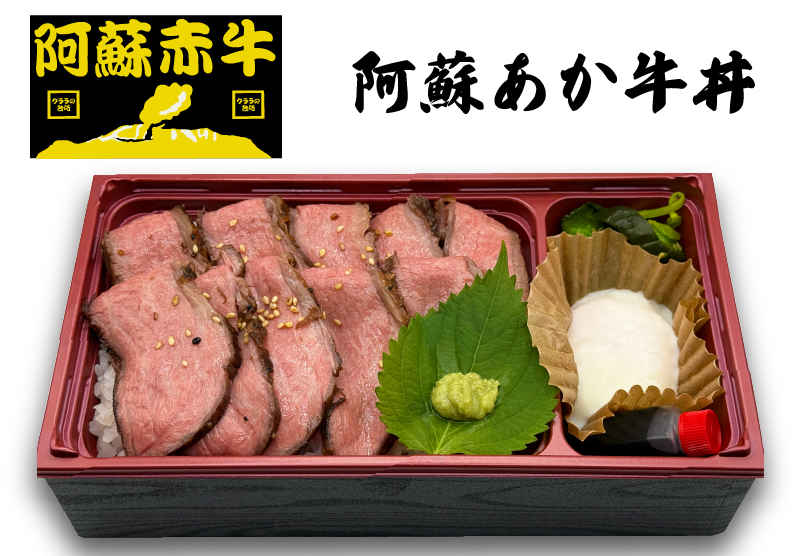It’s Kazu, back on the blog after a long time—does everyone still remember me?
Out of the blue, Washoku(traditional Japanese cuisine) is the term for traditional Japanese cuisine. Washoku, which consists of rice and a variety of seasonal foods, is an important part of food culture that forms the basis of Japanese life.
There are four characteristics of Washoku(traditional Japanese cuisine).
Firstly, it emphasizes a variety of fresh ingredients and an appreciation for natural flavors.
Secondly, it is well-balanced and healthy, contributing to Japan’s long-life expectancies and overall prevention of obesity.
Thirdly, it expresses the beauty of nature and the changing of the seasons.
Lastly, it has close relations with traditional annual events like New Year’s.
Washoku has been handed down from generation to generation, influenced by the Japanese appreciation for the 4 seasons and the strong bonds among family and community members.
And finally, what I most wanted to share with you today is that Washoku is so globally recognized that it was registered as a UNESCO Intangible Cultural Heritage in 2013.
Quite the honor, isn’t it? Like being crowned the tastiest treasure of the countryside! 🍱✨
👇This is the one of the typical cuisine(lunch box) sold here(*_*)

Why don‘t you come here in Aso to enjoy eating Japanese Washoku(^▽^)/.

